Everyday oddities from around the world
In the age of standard buildings, it is interesting to look back at the history of architecture. Sometimes you come across strange things at first glance: a crooked or blocked window, an iron cabinet on a radiator, or a small door that even a cat can’t get through. Taking a closer look, one comes to understand how inventive and practical our ancestors were. We present 17 everyday oddities from around the world that no one knew about!
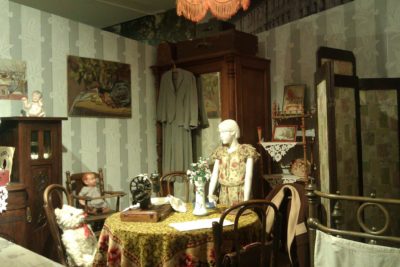
The content of the article
- The European “grandfather” of the microwave
- “Winter refrigerator” comes from the USSR
- Garbage chute, USSR
- Blocked windows, England
- Small doors in Florence
- Phoenix bird, Stockholm
- Unusual keyhole, Cochem
- Amazing manhole design, Wiesbaden
- Doors to the saloon
- Lack of window sills, Montenegro and Bulgaria
- Window between bathroom and kitchen, USSR
- Yards-wells, St. Petersburg
- English lanyard switch
- Milk doors, America and England
- Networks around the Apple plant, Shenzhen
- Sloping window in the attic, Vermont (USA)
- Toilet in the USA
The European “grandfather” of the microwave
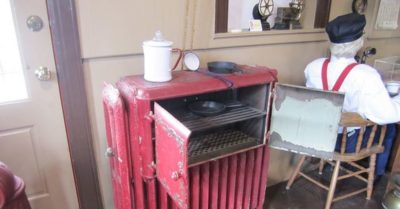
At the beginning of the 20th century, heating radiators were used to the maximum: they heated the room, dried shoes and even heated food. To do this, special metal cabinets with hinged doors were hung on the batteries.
“Winter refrigerator” comes from the USSR
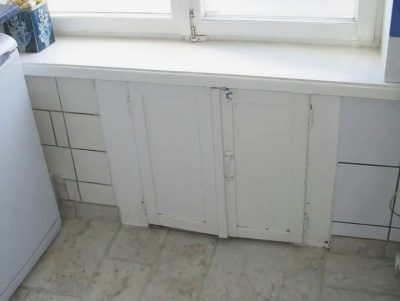
Soviet architects came up with a niche in the thick walls of houses for seasonal storage of strategic reserves of stew, jam and compotes. This original device has survived to this day, saving space in a regular refrigerator.
Garbage chute, USSR

The first house with a garbage chute inside was built in 1938 in Vladivostok.
For convenience, the receivers were made directly in the apartment, then taken out into the entrance. Initially, this was a good idea, as it saves residents time, but in the end, garbage chutes turned into breeding grounds for rats and a disgusting smell, which is why they increasingly began to be welded.
Blocked windows, England

An example of the fight against increased taxes. The story began in the 17th century, when a tax on the number of windows was introduced in England. Glass was very expensive and was considered a luxury, so many thrifty aristocrats began to brick their window openings.
The tax even affected the poor, who ended up living in darkness.
Small doors in Florence
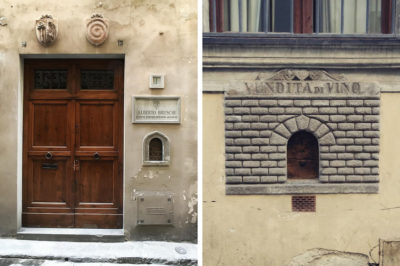
In the 16th century, Italians cut tiny holes that led to a wine cellar. In this simple way they sold homemade wine.
Phoenix bird, Stockholm
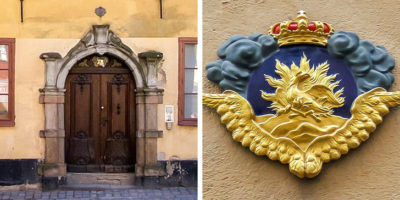
The peculiarities of dense buildings during fires led to the massive burning out of entire neighborhoods. The phoenix medallion represented the rich houses that were extinguished first. It's essentially an insurance policy for the time.
Unusual keyhole, Cochem
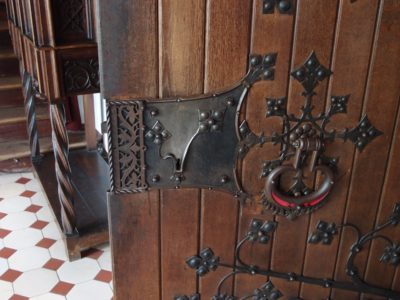
Now many people do not understand why there are wavy sides around the well. Everything is simple and ingenious: the grooves will not allow you to miss, the key will always fall into the hole, even despite a significant degree of intoxication. Such locks were installed in wine cellars.
Wine was consumed in significant quantities in the Middle Ages! It was used as a medicine and as an antiseptic for water.
Amazing manhole design, Wiesbaden
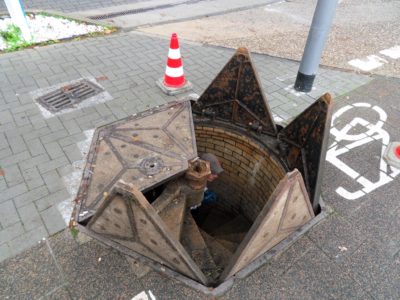
It resembles space technology, and it simply closes the entrance to the channel. It used to be a sewer and has now become a popular excursion site.
Doors to the saloon
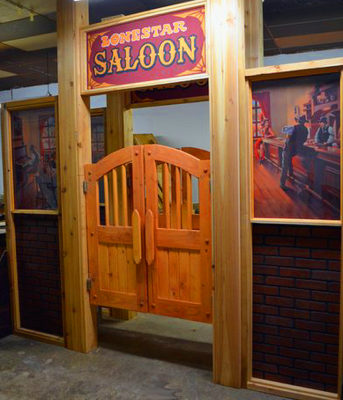
They are familiar to all people from Westerns.Why were they made to open freely and be small?
- Good ventilation.
- Residents did not see what was happening there, and regular customers could determine from afar whether their favorite establishment was open by the light on.
- This is a kind of sign by which the saloon was recognized.
Lack of window sills, Montenegro and Bulgaria
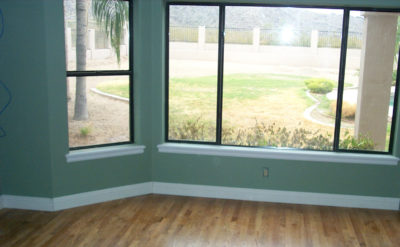
These are countries with a warm climate, so the walls in the houses are so thin that there is no room in the opening for the usual window sill!
The Montenegrin language doesn’t even have a word that means it.
Window between bathroom and kitchen, USSR

Everything is simple here! Such a window is a source of light and also visually expands the space of a small bathroom.
After redevelopment, unfortunately, many owners blocked such windows.
Yards-wells, St. Petersburg

According to legend, the legendary courtyards were built this way at the behest of Peter I. There is also a practical side to the matter! It is difficult to drain the soil in a swamp, which is why courtyards-wells appeared, saving time on construction and using every suitable piece of land.
English lanyard switch
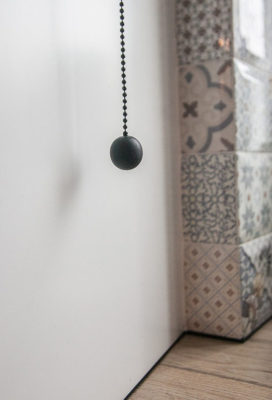
We know him from numerous films. It can still be found in bathrooms. The cord is designed to prevent electric shock.
Milk doors, America and England
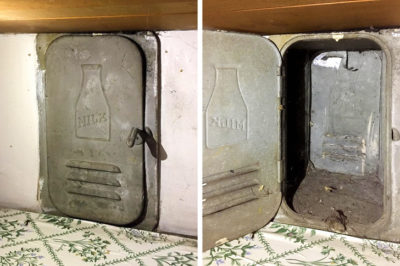
Small doors can still be found today; they remain from the times when milkmen delivered milk. They placed the bottles in a niche, and the owners took the drink directly from the house by opening the second door.
Networks around the Apple plant, Shenzhen
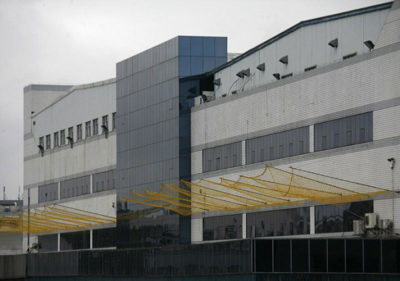
It all started with a sad story. A significant portion of Apple products are manufactured in China. A large company compensates for work-related injuries, and as a result, a whole wave of suicides sweeps through the plant. People hoped that their relatives would get rich. As a result, strong networks were invented and stretched.
Sloping window in the attic, Vermont (USA)
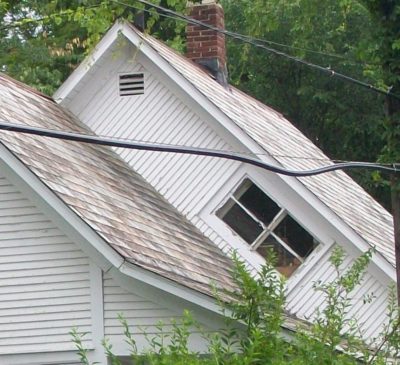
It is believed that witches cannot fly into slanted windows.
But there is a more realistic version: provide ventilation and light in the attic. It is very difficult to install a standard window in attics, so we had to invent an unusual option with a slope.
Toilet in the USA

The water stands so high in it that it looks like it’s clogged, but this was invented so as not to contaminate the walls. Many Americans don't even use brushes.
There are many amazing things in the world that at first cause sincere amazement, and their solution turns out to be very practical.
The window in the bathroom is so that if a gas water heater explodes, the walls of the house will not be blown away. There are few water heaters left anywhere, but there are windows.
The window in the bathroom during the USSR was not made for light and air! The fact is that geysers were often used, and according to fire regulations, if gas equipment is installed in a room, there must be a window.
Moscow region Aprelevka. Half the city is on gas water heaters.
There was no gas yet, but there were already windows.
What kind of courtyards were wells under Peter? What kind of windows in the bathroom are there for light? Previously, all tall buildings in large cities of the Union were “decorated” with such nets so that nothing would fly into the heads of passers-by. Is the author completely stupid?
I read somewhere that the windows in the bathroom were for light, in which the Koch bacillus, the causative agent of tuberculosis, dies (at the same time, the humid environment of the bathroom is favorable for its reproduction). The fight against tuberculosis, in short. It may be nonsense, but “what I bought it for is what I sell it for” :)
About toilets in the USA: a lot of water is not enough to keep the walls clean :). This is just a different flushing principle - siphon.
The main joke of the doors in saloons is that they opened in both directions. For not very sober visitors this is essential
I suspect that the nets at Apple factories were more needed to catch stolen iPhones, which the cunning Chinese threw out of the plant.




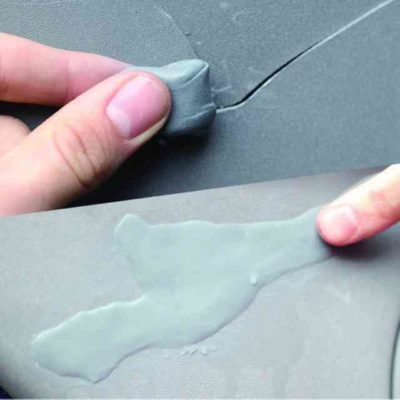

The window in the toilet in Soviet apartments is not for light - in such houses only cold water was supplied to the apartment, and there was a gas heater in the bathroom. If it explodes, a blast wave comes out the window. If it had not been there, the destruction would have been much more serious, before the building collapsed.